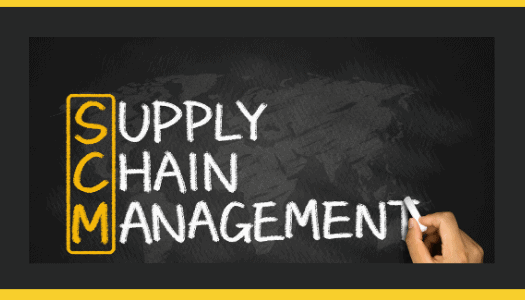The global pandemic cluttered supply chains and operations with objections nobody forebode. The downtrend and lack of requirement are being followed by what may be an equal preeminent provocation of extraordinary growth, which is set to boost briskly as businesses and consumers start concentrating following the pandemic.
Some companies have not handled, and more will endure to struggle to acclimate. Even the best conference room planning fell precise when the global buffet of pandemic connected with social disaster, natural upheavals and political challenges caused the massive interruption to economic and social life in the past 100 years, balancing boards with a compelling need for new planning as a predicted post pandemic boom puts burden on already liable supply chains.
Major interruptions, including the 1918 pandemic, are over and over followed by an economic boom, and it is anticipated that late 2021 will see the same as customers enter normal mode and start investing the predicted $2.3 trillion in savings they have acquired.
This number shows nearly a bifold increase correlated to the same quarter the earlier year before the pandemic. Adapting the supply chain to business fast growth and new customer and business supply expectations of same-day opportunity could be more of a protest than commerce with pandemic-driven closedowns.
Boards will be revising their past plannings in a post-mortem investigation to regulate where the new availability for growth may lie.
The board will also need to take an uphold-looking strategy to inscribe newer concerns, exclusively as environmental, social and governance (ESG) issues enter into the common and desire board-level deliberation. In terms of global supply chain, boards are consolidating ESG plannings in post-pandemic supply chain rebalancing, which may emphatically contact the bottom line.
Rebalancing the supply chain models
With much of the world confining down and customers demanding groups during the years ago, nearly every supply chain has faced at least some interruptions, during its crest, business constancy matters led to a re-evaluation of long-term plannings and description of operational stress points.
With classical supply chain action orbiting around a cost-based simple model, sourcing actions built an over-dependance on a small number of suppliers in a global effort for inventory management and labor arbitrage.
A major preference for boards in 2021 will be to reevaluate the supply chain model, make it more action in order to find an ambitious advantage and assure outstanding clarity not just into suppliers but also into suppliers of suppliers.
Rather than constructing a supply chain with cost as the heyday deliberation, today’s supply chain will have to construct in a de-risking action, outstanding clarity and a higher level of optionality so that if one more fiasco arise in the future – and it will – companies will not be cemented with most of their suppliers and suppliers of suppliers coming from a single locality of the world, hindering optionality.
Accomplishing a growth even during a disaster
Boards are less troubled with day-to-day activities and more troubled with forming actions to establish the extended growth of cash and EBITDA. To establish the extended growth, boards must reach the supply chain as more than just a practical involvement and see it as a true ambitious weapon.
Post-pandemic planning strategies
Operation executives, board members, supply chain and the C-Suite all will need to construct a better supply chain that is more volatile and better able to combat unpredictable and predictable interruptions.
Companies must develop when customers discharge trillions of dollars in spending.
There are five strategies for every board to consider in 2021 planning
1) Data Insights :
While attitude will always play a part in outlining, it shouldn’t need to play that big of one.
Examine how a new data action with a strong analytics intrinsic will drive advancements in end-to-end clarity, better data-driven estimating and Artificial Intelligence-driven analytics to enhance decision-making and optimize cash, growth and cost.
2) Scenario planning :
With supplementary data, planners will be able to do more than evaluate based on past performance; they will use foreboding analytics as well to build in better constructive actions that take into account what was materialized in the past and what may arrive in the future based on contrasting scenarios.
3) De-risking the supply chain :
Global supply chains are naturally liable, and new actions will have to cover de-risking.
Optionality must bring a balanced progress over an entirely cost-based focus, re-balancing the global distribution, manufacturing and supply chain elements to bypass over-credence on a single supplier or region in an attempt to mitigate the impact of regional disasters in the future.
4) Stress testing :
Stress-test manufacturing and distribution operations to make sure they can endure with a speedy and important decrease or increase in demand, and audit new ways of urging throughput advancements and logistics capabilities and optimizing distributions.
5) Operation transformations :
As the global supply chain deviates from entirely global to a local or regional mix, we will also see supplemental investment in automation technologies such as additive manufacturing artificial intelligence and robotics to alleviate higher labor costs.
The most crucial action for post-pandemic planning is easily to figure out that the aim is not, and must not be, accomplishing a comeback to the pre-pandemic business environment. correlate actions for stable ESG as well as supply chain rebalancing will set the emphasis for the future for years to come.


